Creating a strong digital presence is crucial for your brand's growth. If you're here looking for the best ways to balance mobile engagement and web traffic, you're in the right place. Wondering if it's possible to develop a Flutter app for your WordPress website?

The answer is yes, and it's a completely normal and achievable feat. This blog will guide you through the process.
WordPress and Flutter are both renowned for their effective tech solutions that can boost your business or brand. By combining the flexibility of WordPress with the UI toolkit of Flutter, you can work wonders.
WordPress, an open-source content management system, currently dominates the industry with an impressive 62.6% market share. Creating a Flutter app for a WordPress website can enhance features and functionalities without compromising on excellence.
Create Amazing Websites
With the best free page builder Elementor
Start NowBuilding a Flutter App Manually For Any WordPress Website
Step 1: Set Up Flutter
To get started building your WordPress app with Flutter, the first step is to install Flutter and the Dart programming language on your development machine.
Head to the official Flutter website and follow the detailed installation instructions for your specific operating system. Make sure to complete all the required setup steps like configuring your IDE and PATH variables.
Once installation is successful, you can verify it by running flutter commands. This will ensure your environment is ready for creating Flutter apps.
Step 2: Create a Flutter Project
After setting up Flutter, it's time to create the foundation for your WordPress app. Use the Flutter command-line interface to generate the initial scaffolding for your project. Name your app something descriptive and choose the options that make sense for your use case, like Kotlin or Swift support.
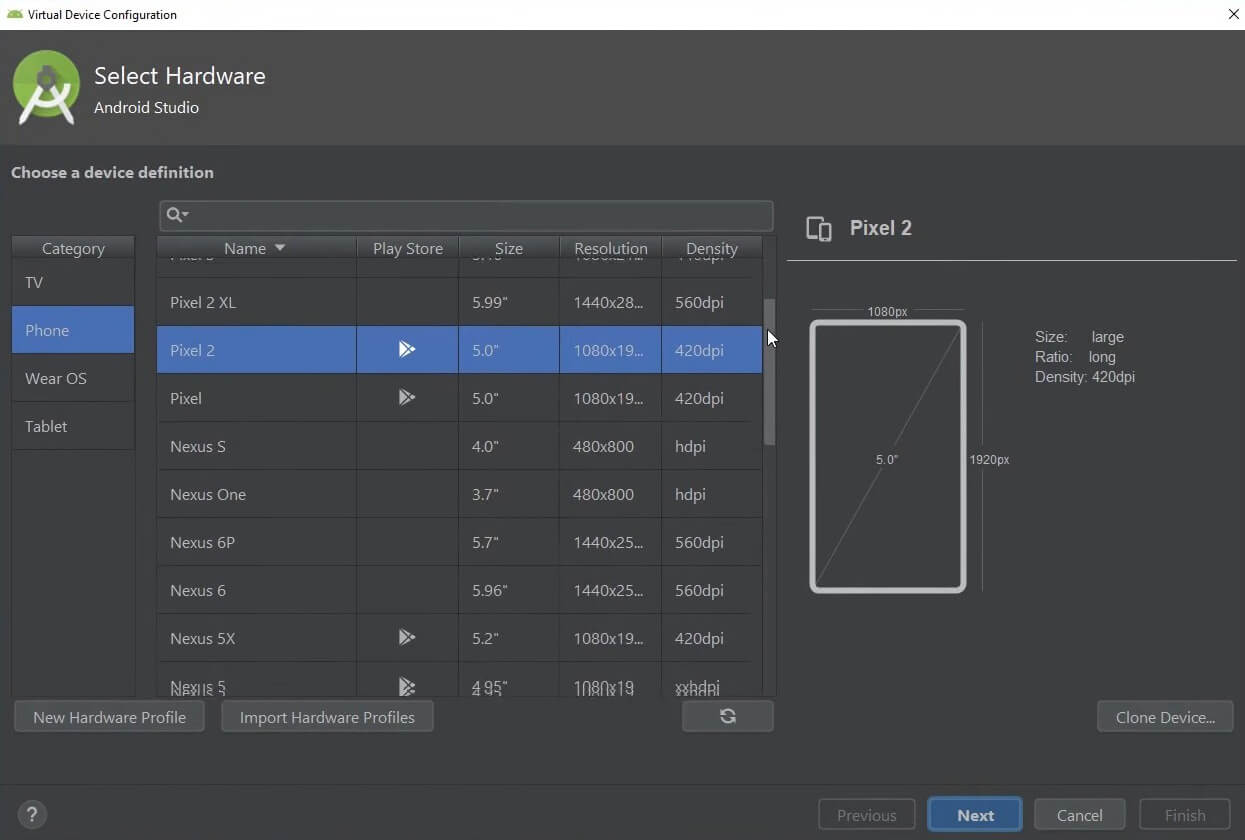
The Flutter tool will handle creating all the necessary files and folders. With your project created, you can now start adding code and customizing things. This blank canvas will evolve into your finished app.
Step 3: Design the UI
A key aspect of any app is its user interface and overall visual design. For a WordPress app, you can recreate your existing site's look and feel or craft a new mobile-friendly UI. Sketch concepts, and finalize colors, typography, layouts, and other elements.
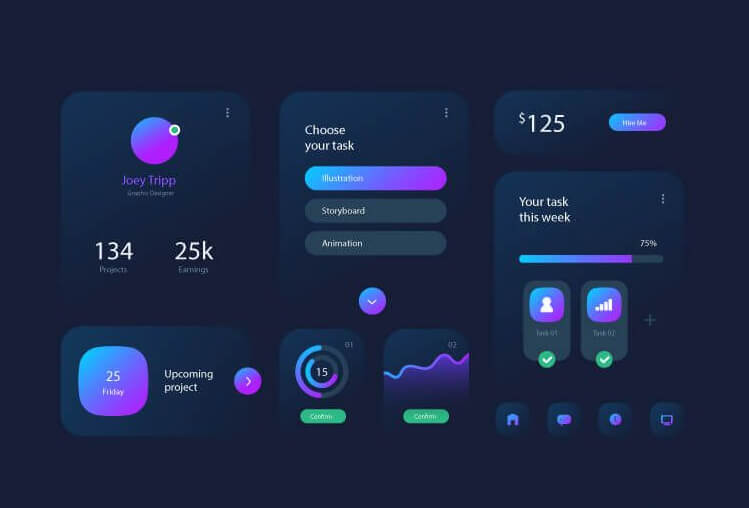
Use Flutter's rich widget library to build out screens. Leverage its cross-platform capabilities to ensure a consistent experience on iOS and Android. Keep accessibility and responsiveness in mind.
Step 4: Fetch WordPress Data
To populate your WordPress Flutter app with actual content, you'll need to fetch data from your WordPress site. Flutter provides packages like the http package or Dio for networking.
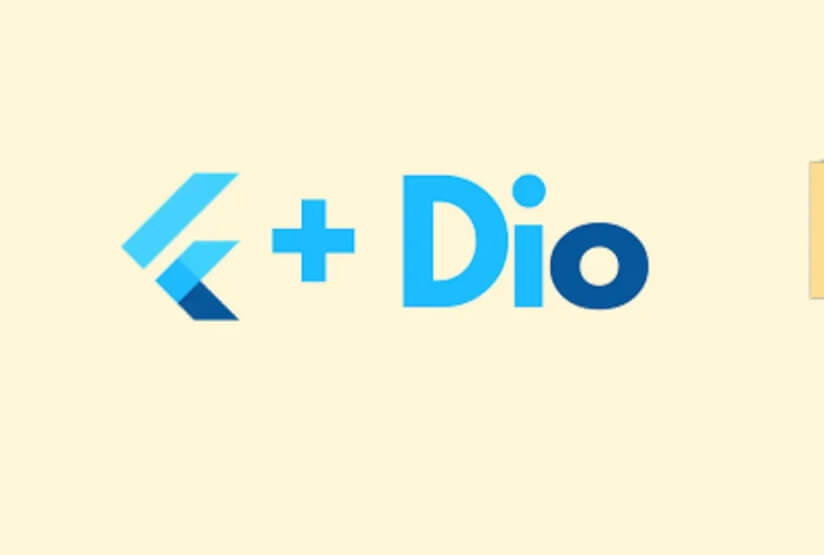
Use these to make requests to the WordPress REST API endpoints and get JSON data for posts, pages, metadata, media, and more. Make sure to handle authentication as needed. You can also use the open-source Flutter WordPress package for simplified data fetching. The possibilities are endless for displaying content in your app once you can securely access the WordPress APIs.
Step 5: Display Content
Now that you can get data from your WordPress site, it's time to display it in your Flutter app. You have full creative freedom here. Use Flutter's customizable widgets like Text, Image, ListView, GridView and more to display posts, pages, images, videos, etc.
Create your own custom widgets tailored to your content if needed. Browse the widget catalog for ideas. Build out pages and routes to create the desired structure. The key is smoothly translating your WordPress content into native-feeling Flutter interfaces.
Step 6: Set Up Navigation
To allow users to seamlessly navigate your app, implement routing and navigation. Flutter includes a flexible routing package to handle moving between pages and sections. Set up routes corresponding to your app's different content areas.
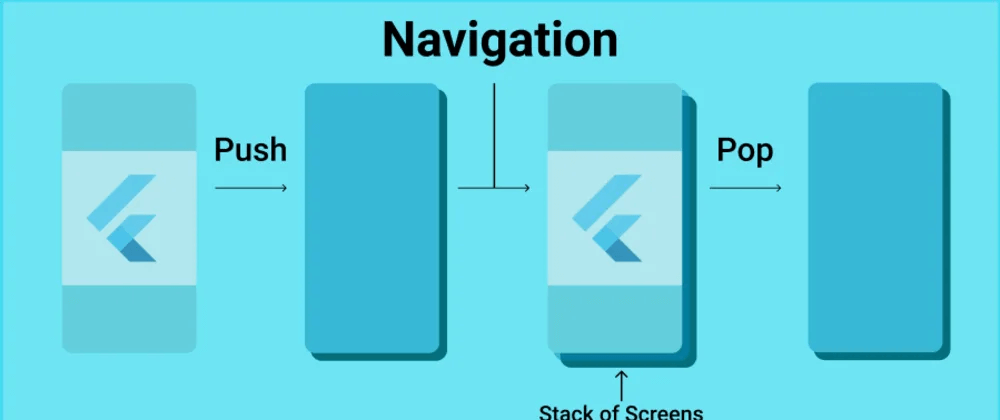
Use navigator push and pop actions to move between routes and the device back button. For tabbed navigation, consider using Flutter's bottom navigation bar. Make sure navigation flows logically. Also, implement deep linking for directly accessing specific content. Smooth navigation is key for user-friendly apps.
Step 7: Offline Support
For the best user experience, consider adding offline support so your Flutter app can function without an internet connection. Flutter has a package like Connectivity Plus and sqlflite for this.
Whenever the app has a network connection, cache WordPress data and images locally on the device. Then when offline, your app can load from the local cache.
This lets users still access content and navigate even without connectivity. You can also queue up actions like favorites or comments to sync later when connectivity resumes. Just be sure to provide clear messaging about the offline state.
Step 8: Testing
Before publishing your Flutter WordPress app, thoroughly test it to catch bugs and identify areas for improvement. Rigorously test core flows on both Android and iOS using emulators or actual devices. Check UI layouts on different screen sizes. Enable performance profiling to catch lags.
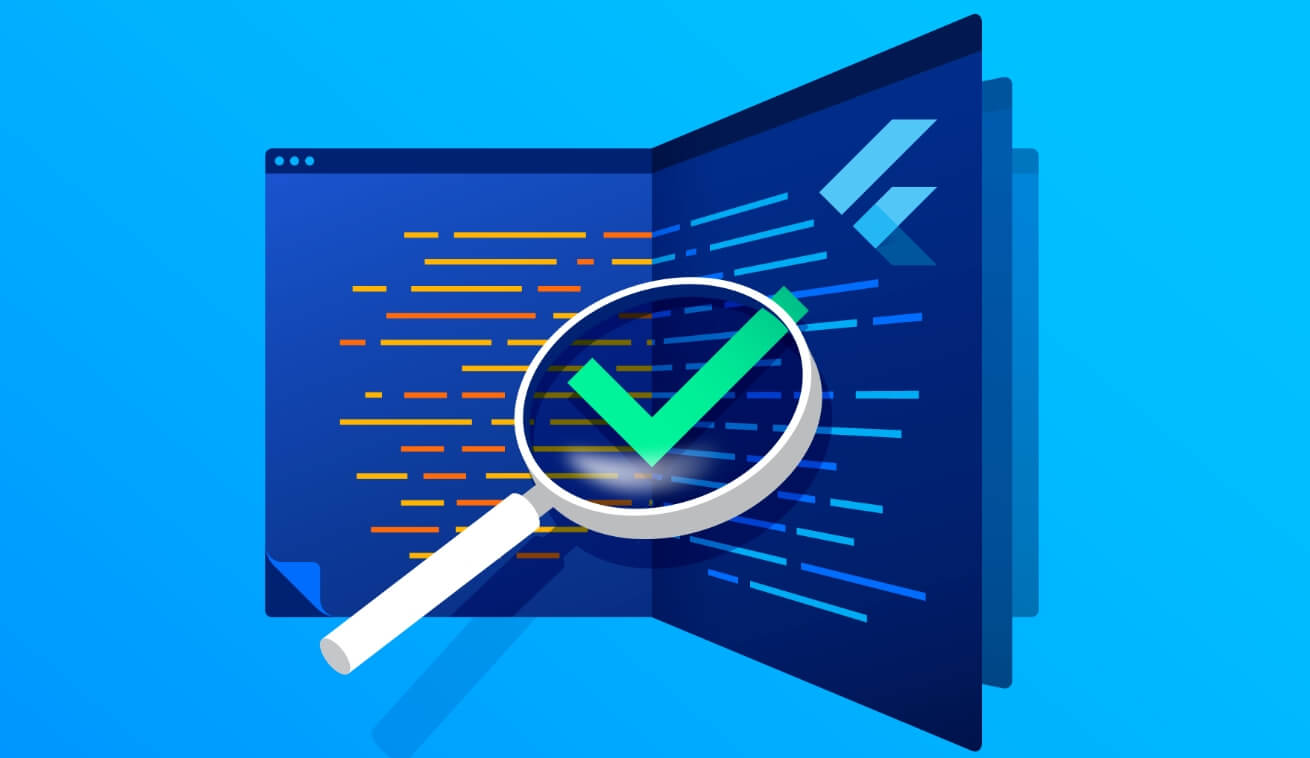
Make sure navigating between parts of the app is smooth and intuitive. Have users outside your team test as well for an objective perspective. Iteratively improve your app based on feedback. Investing time in comprehensive testing will pay dividends in better stability, user experience, and ultimately, higher ratings.
Step 9: Publish Your App
With your Flutter WordPress app thoroughly tested and ready for release, it's time to publish it! Follow the Google Play Store and Apple App Store guidelines to ready your app for submission. Add store listings, high-quality screenshots, descriptions, pricing tiers, and other metadata.
Build out the necessary release versions. For iOS, submit your app for review. For Android, roll your app out in production. Promote your mobile app across your website and social channels. Monitor user feedback and keep improving and optimizing your app. Releasing your Flutter app is an exciting milestone!
Automated Process For Building a Flutter App For Any WordPress
Building a Flutter app without writing any code? Yes, it's totally possible for any WordPress website! As a fellow non-coder myself, I know how awesome yet intimidating app building can seem. But don't worry - I'm here to guide you through the easiest and most affordable no-code methods.
In my experience, there are four main options for DIY app building without touching a single line of code. But for this discussion, I really want to focus on the first two options since they are hands-down the simplest ways to get your app up and running:
- Using pre-made app templates and source code from ThemeForest. This is my personal favorite because they make app building as easy as customizing and downloading a template.
- Leveraging drag-and-drop app builders. These nifty no-code tools let you visually assemble your app without coding.
- Building via app websites. Some services let you create apps directly through their website.
- Full-on custom coding using Flutter's dev kit. This is the most complex and technical option requiring actual coding skills.
Premade Templates
ThemeForest is a game-changer, offering tons of ready-made Flutter apps and source code for practically any WordPress site.

Instead of paying thousands for custom development, you can grab pre-built templates and code for under $100. We're talking a fraction of the cost and time - we love to see it!
Just search ThemeForest for your needs, customize it to your liking, and bam - Android and iOS apps with barely any work. Again you can also check our Flutter tutorials to find what you are looking for. You steer the ship with full control over your snazzy new app.
The perks speak for themselves:
- Crazy cheap compared to custom building
- Speedy app development
- iOS and Android together for one low price
- Tons of template options
- Total control for updates and publishing
- No recurring fees ever
- Full flexibility in management and distribution
For non-coders wanting apps made easy, ThemeForest can't be beaten. Ditch the app drudgery and let the templates work their magic!
Read out more about the 10 Best Open source Flutter UI on Themeforest.
Using Premium No-code Tools
Unlike hiring someone or using services with monthly fees, these WordPress to Flutter app builder tools provide end-to-end control over your app’s design and features at a one-time low cost. They work similarly to the Elementor page builder in WordPress, utilizing an easy drag-and-drop interface optimized for mobile app configuration and previews.
I recommend exploring these top 4 app builder options:
- Flink - WordPress App Builder
- FluxNews - Flutter mobile app for WordPress
- Cirilla - Multipurpose Flutter App for WordPress & Woocommerce
- FluxBuilder - WordPress to app building tool

Here's a summary of how Fluxbuilder works:
- Access an online cloud-based app builder
- Purchase app builder subscription and source code license (around $59 and $69 one-time cost)
- Build as many apps as you want during the subscription period
- Keep using apps even after subscription lapses
- Renew to update published apps
- Option to build locally with Flutter using purchased source code
- Used by 20,000+ users for easy no-code app building
The Cirilla and FluxBuilder templates stand out as top options to consider. With affordable licenses and easy drag-and-drop builders, you can quickly build a Flutter app for your WordPress website.
Web-based Flutter Builder
There is another great way to build Flutter apps for a WordPress website besides the methods described above. This involves using an online app-building platform that allows creating apps through an easy drag-and-drop interface. The platforms charge a monthly fee ranging from $30 to $200 to build and manage apps.
The main benefits of using these platforms include:
- No need to purchase Flutter templates or development kits
- Ability to build almost any app type directly through the platform
- Very simple app-building process compared to other methods
However, there are some downsides:
- Need to pay an ongoing monthly platform membership fee
- App access and control is shared with the platform
Therefore, while it is the easiest way to build an app, it is also the most expensive long-term.

Here are 5 top website-to-app development platforms:
These allow for transforming a WordPress website into a Flutter app with full edit and update capabilities. There are a few other similar platforms available, but these 5 tend to be the most trusted options.
In summary, for those wanting the absolute easiest way to build an app from their WordPress site, using one of these online app-building platforms is a good choice. However, for a lower long-term cost, purchasing a Flutter template and building the app oneself is recommended.
Using the Flutter Dev Kit
This method of building a Flutter app by coding it from scratch using the Flutter development kit is only suitable for about 10% of readers - those with coding skills in Java and related languages. Even for those with app designs from Figma or Adobe XD, this approach requires coding line-by-line to build the desired app functionality and UI/UX.

The main downsides are:
- Only viable for those with strong coding skills
- Expensive to hire an agency to custom-develop app
- Very time-consuming compared to other methods - development time can increase by 20X
Therefore, unless there are specific complex needs unable to be met by the other recommended methods for converting a WordPress site into a Flutter app, coding an app from scratch is not advised. For most, purchasing a Flutter template and using a no-code builder will be cheaper, faster, and easier. Those without coding skills will struggle with the complexity of building an app solely through the Flutter development kit.
Wrapping Up
The recommended approach is purchasing a Flutter template and using a visual, no-code app builder. This allows creating an Android and iOS app through an easy drag-and-drop interface for the lowest cost and fastest development time.
Building an app opens opportunities to increase business reach and revenue. Unlike websites visited occasionally, an installed app keeps you ahead of competitors with continuous user access. Apps also enable additional monetization through ads and other features, boosting earnings, leads, and growth. Converting a WordPress site into an app is a strategic way to expand your business.
Frequently Asked Questions (FAQ)
Q1. Can I build any app with Flutter?
Ans: Yes, Flutter enables building cross-platform hybrid apps for iOS, Android, and desktop from a single codebase, saving development time. It can build different app types for WordPress sites through a REST API.
Q2. Can I use Flutter in WordPress?
Ans: Flutter facilitates building all types of apps. It can be used to build apps for WordPress websites by connecting the app and site data via an API.
Q3. Which famous app is built using Flutter?
Ans: Major companies like Google Ads, eBay, BMW, Tencent, and Groupon have built apps with Flutter. Its cross-platform capabilities and faster development process over native languages makes it a popular choice.





